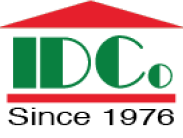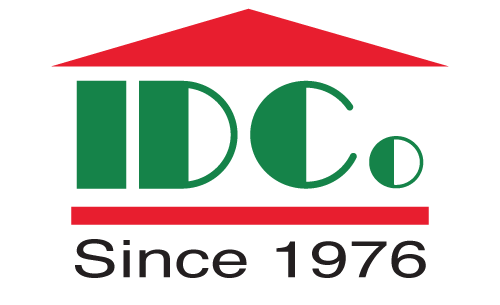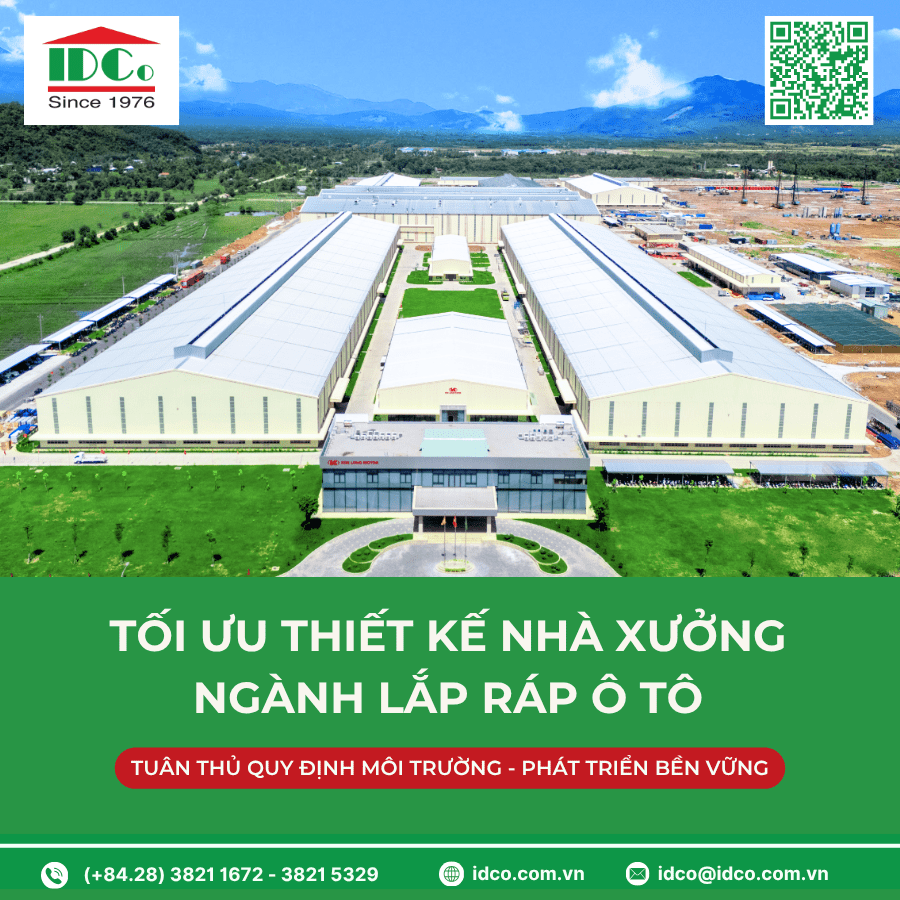Tối Ưu Thiết Kế Nhà Xưởng Theo Đặc Thù Ngành Lắp Ráp Ô Tô
Câu 1: Xin ông/bà cho biết những yêu cầu chung của nhà đầu tư nước ngoài, đặc biệt là các nhà đầu tư Trung Quốc, khi xây dựng nhà xưởng tại Việt Nam?
A: Nhà đầu tư nước ngoài, đặc biệt từ Trung Quốc, khi xây dựng nhà xưởng tại Việt Nam thường đặt ra các yêu cầu chính như:
- Hiệu quả chi phí: Tối ưu hóa chi phí xây dựng bằng cách sử dụng vật liệu địa phương nhưng vẫn đảm bảo chất lượng và độ bền.
- Tiến độ nhanh: Yêu cầu tiến độ hoàn thành nhanh để sớm đưa vào vận hành.
- Tiêu chuẩn quốc tế: Tuân thủ nghiêm ngặt các tiêu chuẩn như IATF 16949 trong ngành ô tô.
- Quy hoạch linh hoạt: Không gian thiết kế cần đáp ứng mở rộng sản xuất trong tương lai.
- Môi trường và pháp lý: Đảm bảo hệ thống xử lý nước thải và chất thải đạt tiêu chuẩn QCVN, QC 06: 2022 về PCCC, và các quy định pháp luật khác của Việt Nam.
Câu 2: Xin ông/bà hãy cho biết yêu cầu của nhà đầu tư theo đặc thù ngành – những điểm khác biệt nổi bật ở ngành lắp ráp ô tô?
A: Ngành lắp ráp ô tô có những yêu cầu thiết kế riêng biệt:
- Không gian linh hoạt: Thiết kế mái không cột giữa để tối ưu không gian lắp ráp.
- Chịu tải cao: Sàn nhà và cầu trục được thiết kế chịu tải lớn.
- Kiểm soát tĩnh điện: Sử dụng sàn ESD epoxy trong khu vực lắp ráp linh kiện điện tử.
Case Study – Nhà máy Kim Long Motor
- Không gian rộng, tích hợp hệ thống cầu trục hỗ trợ lắp ráp linh kiện nặng.
- Phòng lắp ráp linh kiện điện tử sử dụng vật liệu chống tĩnh điện và hệ thống lọc khí HEPA.
Câu 3: Theo ông/bà, những điểm khác biệt nổi bật nào nhà đầu tư cần lưu tâm trong thiết kế nhà xưởng ngành lắp ráp ô tô?
A:
- Không gian và bố trí linh hoạt: Đáp ứng luồng di chuyển thiết bị lớn, dây chuyền tự động hóa.
- Vật liệu và tiêu chuẩn khắt khe: Sàn chống tĩnh điện ESD, hệ thống thông gió và lọc khí trong phòng lắp ráp linh kiện điện tử.
Case Study – Kim Long Motor
- Tích hợp sàn ESD epoxy tại khu vực lắp ráp điện tử, đáp ứng tiêu chuẩn công nghiệp quốc tế.
- Hệ thống cầu trục và chịu tải cao tối ưu hóa quy trình sản xuất.
Câu 4: Xin ông/bà hãy đưa ra hướng dẫn cách thiết kế nhà xưởng đáp ứng quy định về xử lý nước thải, chất thải công nghiệp theo tiêu chuẩn môi trường tại Việt Nam?
A:
- Tuân thủ quy định pháp luật: Đảm bảo thiết kế dựa trên Báo cáo ĐTM hoặc Kế hoạch bảo vệ môi trường được phê duyệt. Tuân thủ các quy định trong Luật Bảo vệ Môi trường (2020) và QCVN 40:2025/BTNMT.
- Hệ thống xử lý nước thải: Thu gom tách biệt; quy trình xử lý bằng bể lắng, bể sinh học Aerotank hoặc công nghệ SBR; khử trùng UV hoặc Clo trước khi xả ra môi trường.
Case Study – Kim Long Motor
- Chất thải nguy hại như dầu thải được lưu trữ riêng trong các bồn kín trước khi bàn giao cho đơn vị xử lý được cấp phép.
- Hệ thống quản lý chất thải rắn: Phân loại tại nguồn; khu vực lưu trữ kín, chống rò rỉ.
- Kiểm soát khí thải: Sử dụng hệ thống lọc khí HEPA hoặc Cyclone.
- Hạ tầng xanh: Bố trí cây xanh tối thiểu 20% theo QCVN 01:2021/BXD.
Kết luận:
Tuân thủ quy định môi trường và áp dụng các giải pháp xử lý hiện đại giúp nhà đầu tư không chỉ đáp ứng pháp lý mà còn nâng cao hình ảnh doanh nghiệp trong việc phát triển bền vững. Dự án Kim Long Motor là minh chứng rõ nét cho thiết kế tuân thủ các tiêu chuẩn môi trường nghiêm ngặt tại Việt Nam.
📞 Hãy liên hệ ngay với chúng tôi để được tư vấn chi tiết!
IDCo | Uy Tín – Chất Lượng – Đúng Tiến Độ
🏢 Trụ sở chính: 146 Nguyễn Công Trứ, Phường Bến Thành, TP.HCM
☎️ Hotline: (+84.28) 3821 1672 – 3821 5329
🌐 Website: www.idco.com.vn
📩 Email: idco@idco.com.vn
#IDCo #TuVanPhapLy #GiayPhepXayDung #LegalBottleneck #FDIProjects #PhapLyQuyHoachDacThu #XayDungAnToan #LegalSupport #IDCoLegalTeam #DauTuHieuQua
OPTIMIZING FACTORY DESIGN FOR THE AUTOMOTIVE ASSEMBLY INDUSTRY
Question 1: Could you share the general requirements of foreign investors, especially Chinese investors, when building factories in Vietnam?
Answer:
Foreign investors, particularly from China, often set key requirements when constructing factories in Vietnam, including:
* Cost Efficiency: Optimize construction costs by using local materials while maintaining quality and durability.
* Fast Construction Timeline:Demand for rapid completion to start operations as soon as possible.
* International Standards Compliance: Strict adherence to standards such as IATF 16949 in the automotive industry.
* Flexible Planning: Factory layout must allow for future production expansion.
* Environmental & Legal Compliance: Ensure wastewater and waste treatment systems meet QCVN standards, QC 06:2022 on fire protection, and other Vietnamese regulations.
Question 2: What are the specific design requirements of the automotive assembly industry that make it distinct?
Answer:
The automotive assembly industry has its own specialized design requirements:
* Flexible Space: Use of column-free roof structures to maximize assembly space.
* High Load Capacity: Floors and cranes designed to support heavy loads.
* Static Control: Application of ESD epoxy flooring in areas for assembling electronic components.
Case Study – Kim Long Motor Factory:
* Spacious layout with integrated overhead cranes for heavy component assembly.
* Electronic assembly rooms utilize anti-static materials and HEPA air filtration systems.
Question 3: What key aspects should investors pay special attention to when designing an automotive assembly plant?
Answer:
- Flexible Layout & Space Planning: Must accommodate large equipment movement and automated assembly lines.
- Strict Material & Technical Standards: Incorporate ESD epoxy floors, advanced ventilation, and air filtration for electronic assembly zones.
Case Study – Kim Long Motor:
- Integrated ESD epoxy flooring in electronic assembly areas that meet international industrial standards.
- Heavy-duty cranes and high-load-bearing structures optimize production processes.
Question 4: Could you provide guidance on how to design a factory that meets Vietnam’s environmental standards for industrial wastewater and waste treatment?
Answer:
- Legal Compliance: Designs must align with approved Environmental Impact Assessments (EIA) or Environmental Protection Plans, in accordance with the Law on Environmental Protection (2020) and QCVN 40:2025/BTNMT.
- Wastewater Treatment Systems: Separate collection systems; treatment processes include sedimentation, biological tanks (Aerotank/SBR), and UV or Chlorine disinfection before discharge.
Case Study – Kim Long Motor:
- Hazardous waste such as used oil is stored in sealed containers and handed over to licensed disposal units.
- Solid Waste Management: Source separation with sealed, leak-proof storage areas.
- Air Emission Control: Equipped with HEPA or Cyclone filtration systems.
- Green Infrastructure: At least 20% greenery as per QCVN 01:2021/BXD.
Conclusion:
Complying with environmental regulations and adopting advanced treatment solutions not only ensures legal compliance but also enhances the company’s image in sustainable development. The Kim Long Motor project serves as a prime example of a factory designed in full accordance with Vietnam’s strict environmental standards.
📞 Contact us today for detailed consultation!
IDCo | Reputation – Quality – On-Time Delivery
🏢 Headquarters: 146 Nguyen Cong Tru St., Ben Thanh Ward, Ho Chi Minh City
☎️ Hotline: (+84.28) 3821 1672 – 3821 5329
🌐 Website: www.idco.com.vn
📩 Email: idco@idco.com.vn
#IDCo #LegalConsulting #ConstructionPermit #LegalBottleneck #FDIProjects #IndustrySpecificPlanning #SafeConstruction #LegalSupport #IDCoLegalTeam #EffectiveInvestment


